If BLM employees want to showcase ALL the facets of the agency’s multiple-use mission—here are the cards we’d love to see them carry
Since last week, news outlets from the Washington Post to Outside magazine have highlighted the significance of the imagery displayed prominently on “vision cards” outlining the BLM’s mission, values, and guiding principles for agency employees. A goal of improving the “health and productivity of the land to support the BLM multiple-use mission” is clearly stated on the back of the card, which is perforated to be worn clipped to a lanyard or ID badge, but the prominent illustrations are of an oil derrick and two ranchers on horseback with cattle in the distance.
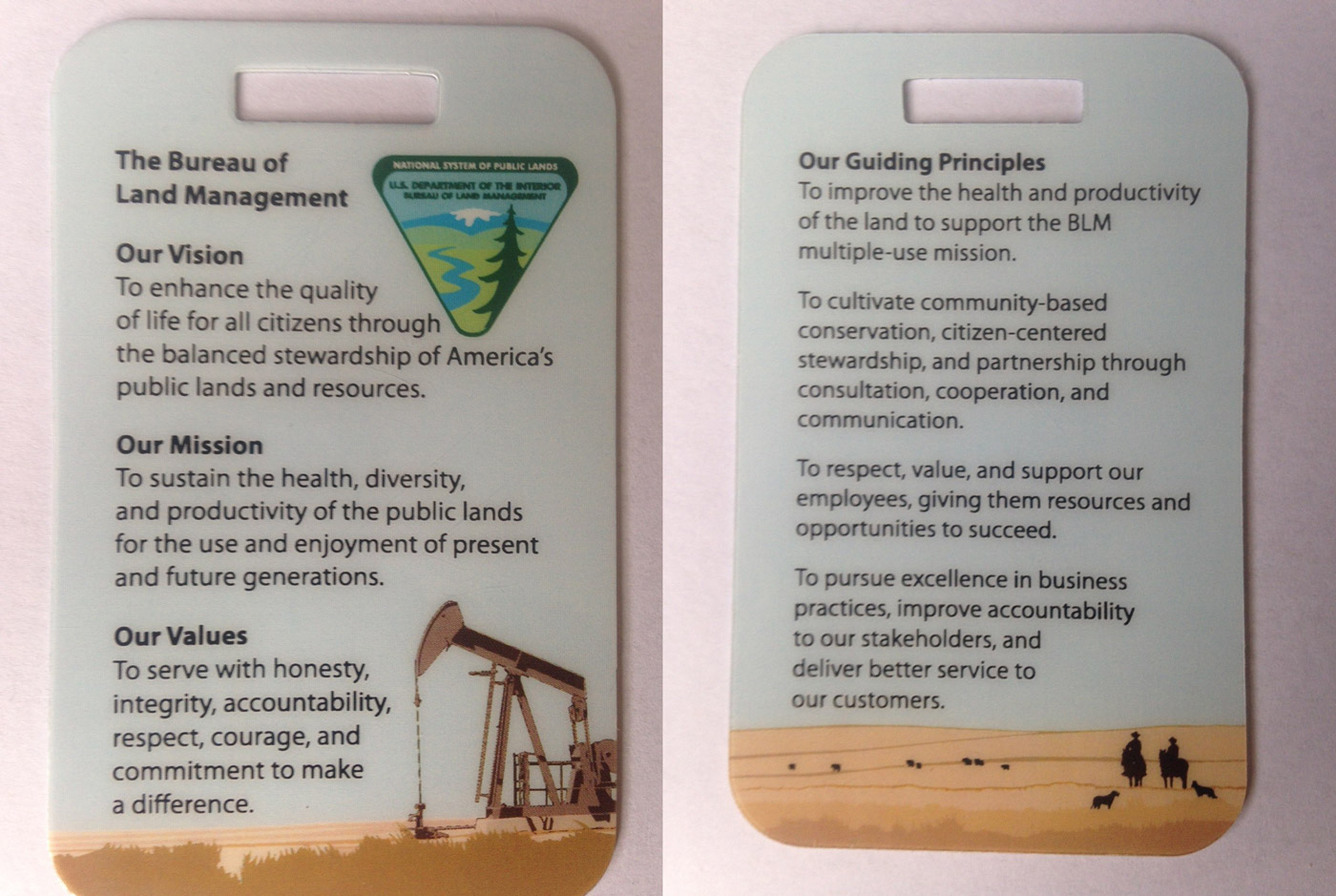
The full text on the card reads: [Front] “The Bureau of Land Management. Our Vision: To enhance the quality of life for all citizens through the balanced stewardship of America’s public lands and resources. Our Mission: To sustain the health, diversity, and productivity of the public lands for the use and enjoyment of present and future generations. Our Values: To serve with honesty, integrity, accountability, respect, courage, and commitment to make a difference.”
[Back] “Our Guiding Principles: To improve the health and productivity of the land to support the BLM multiple-use mission. To cultivate community-based conservation, citizen-centered stewardship, and partnership through consultation, cooperation, and communication. To respect, value, and support our employees, giving them resources and opportunities to succeed. To pursue excellence in business practices, improve accountability to our stakeholders, and deliver better service to our customers.”
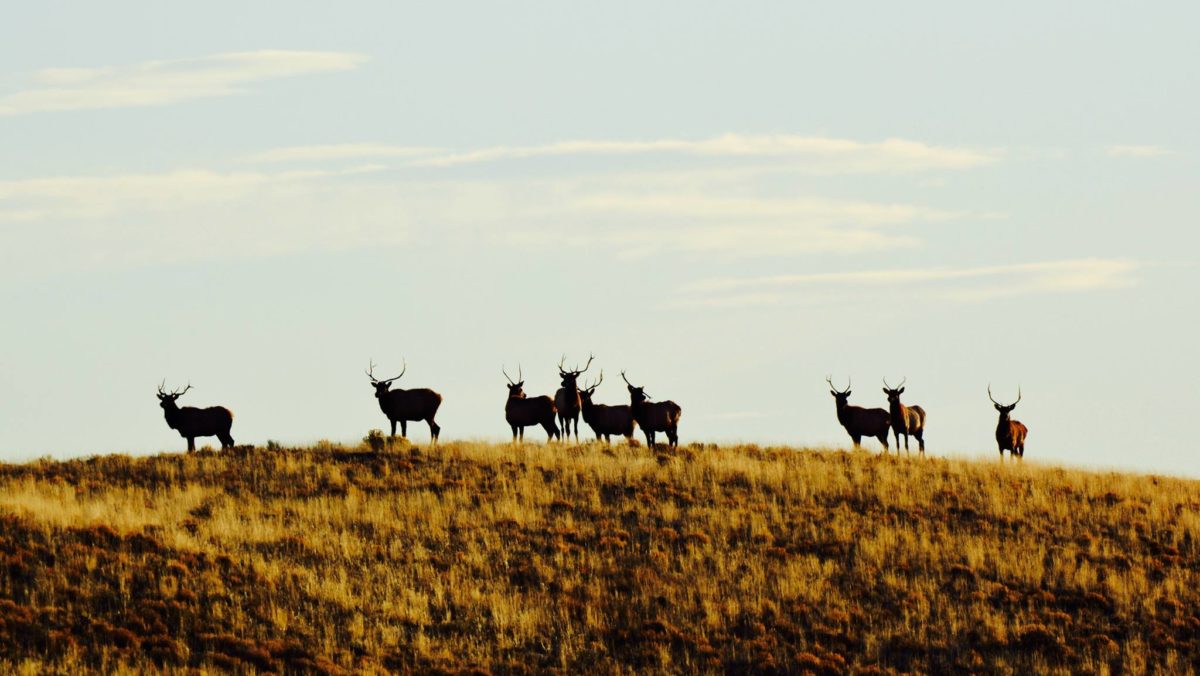
It’s possible that they simply ran out of space to depict the fish and wildlife habitat in their charge or the American hunters and anglers who rely on BLM public lands for their access. So, we took a crack at designing a few alternative versions that we’d love to see BLM employees sport around.
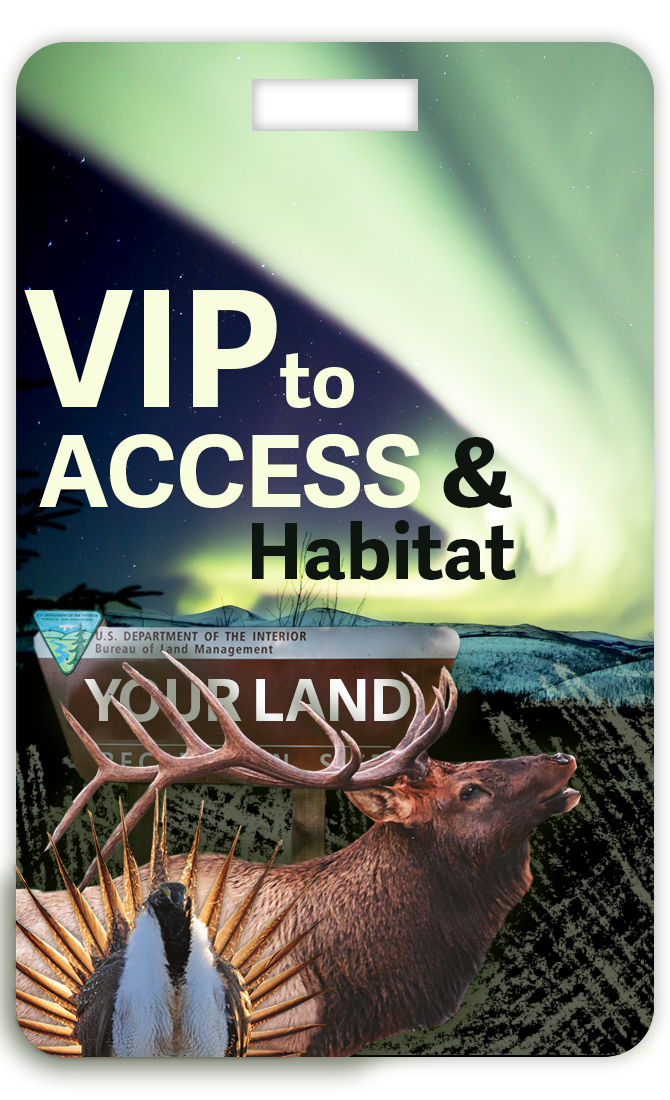
VIP to Access and Habitat
BLM employees are indeed VIPs when it comes to supporting the ability of countless sportsmen and women—regardless of their means—to pursue hunting and fishing on public land. And the agency is tasked with helping to conserve habitat and species that are critical to the future of our traditions.
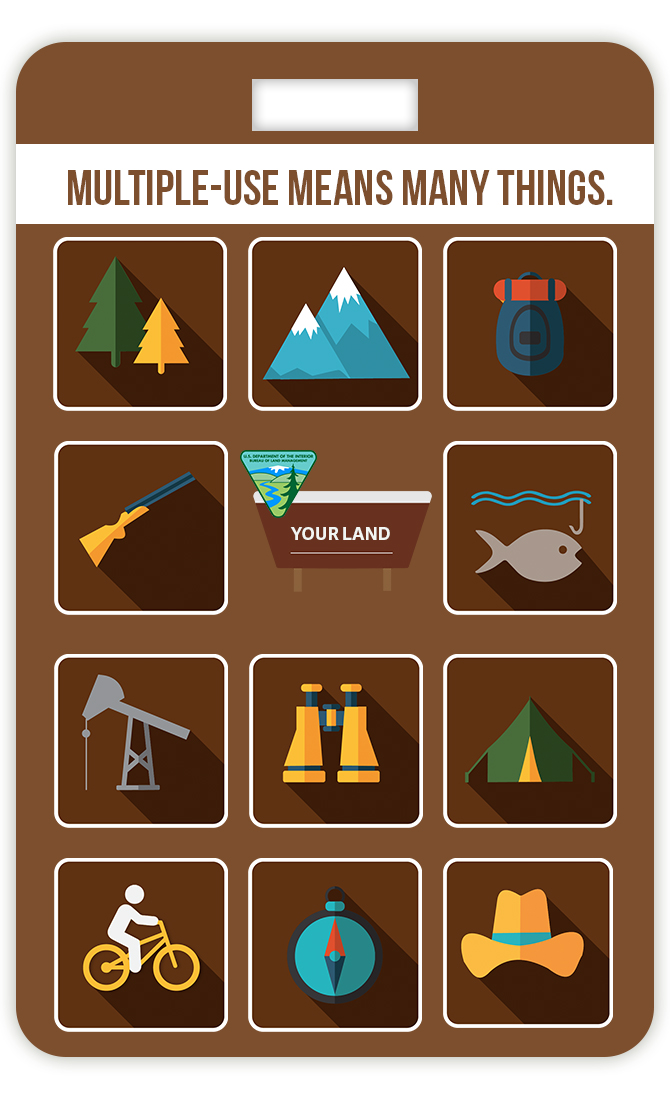
Multiple-Use Means Many Things
The BLM is committed to representing all stakeholders and delivering better service to its “customers”—the American people. We all deserve to be heard about the public land management decisions that may affect our businesses, communities, families, and traditions.
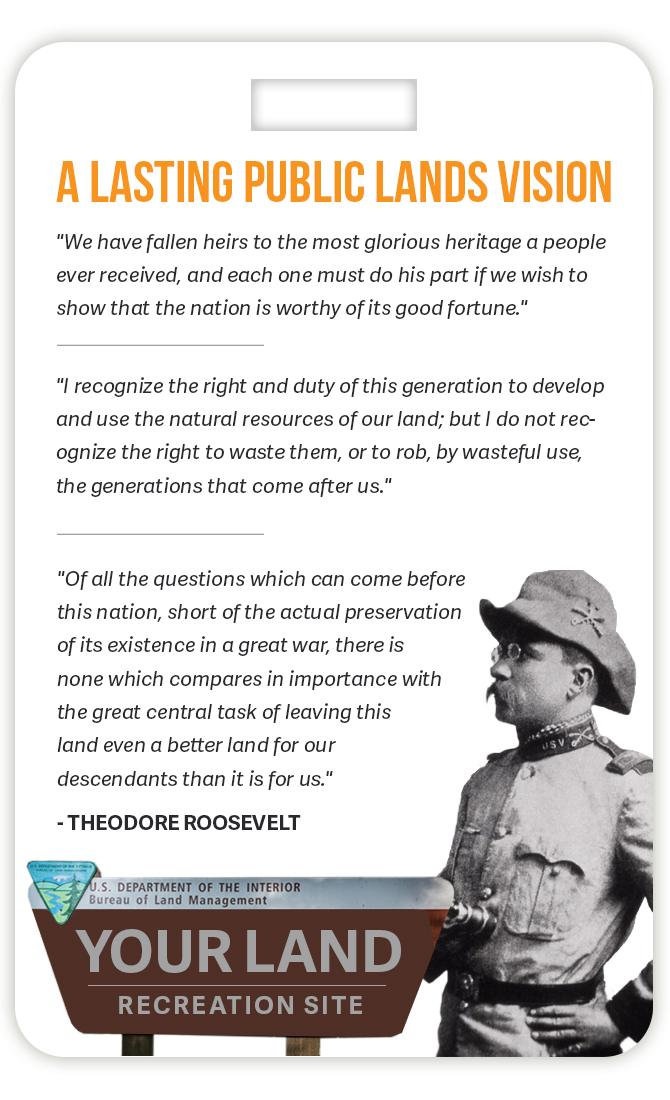
A Lasting Public Lands Vision
We might be biased, but when it comes to the difficult work of balancing many demands on our public lands, there is no greater source of inspiration than Theodore Roosevelt. He said:
We have fallen heirs to the most glorious heritage a people ever received, and each one must do his part if we wish to show that the nation is worthy of its good fortune.
I recognize the right and duty of this generation to develop and use the natural resources of our land; but I do not recognize the right to waste them, or to rob, by wasteful use, the generations that come after us.
And…
Of all the questions which can come before this nation, short of the actual preservation of its existence in a great war, there is none which compares in importance with the great central task of leaving this land even a better land for our descendants than it is for us.
We could all use that reminder every now and then. If you agree, click the Facebook icon on each image to easily share our vision cards on social media or print your own right now.
Cards designed by our friends at Sage Lion Media

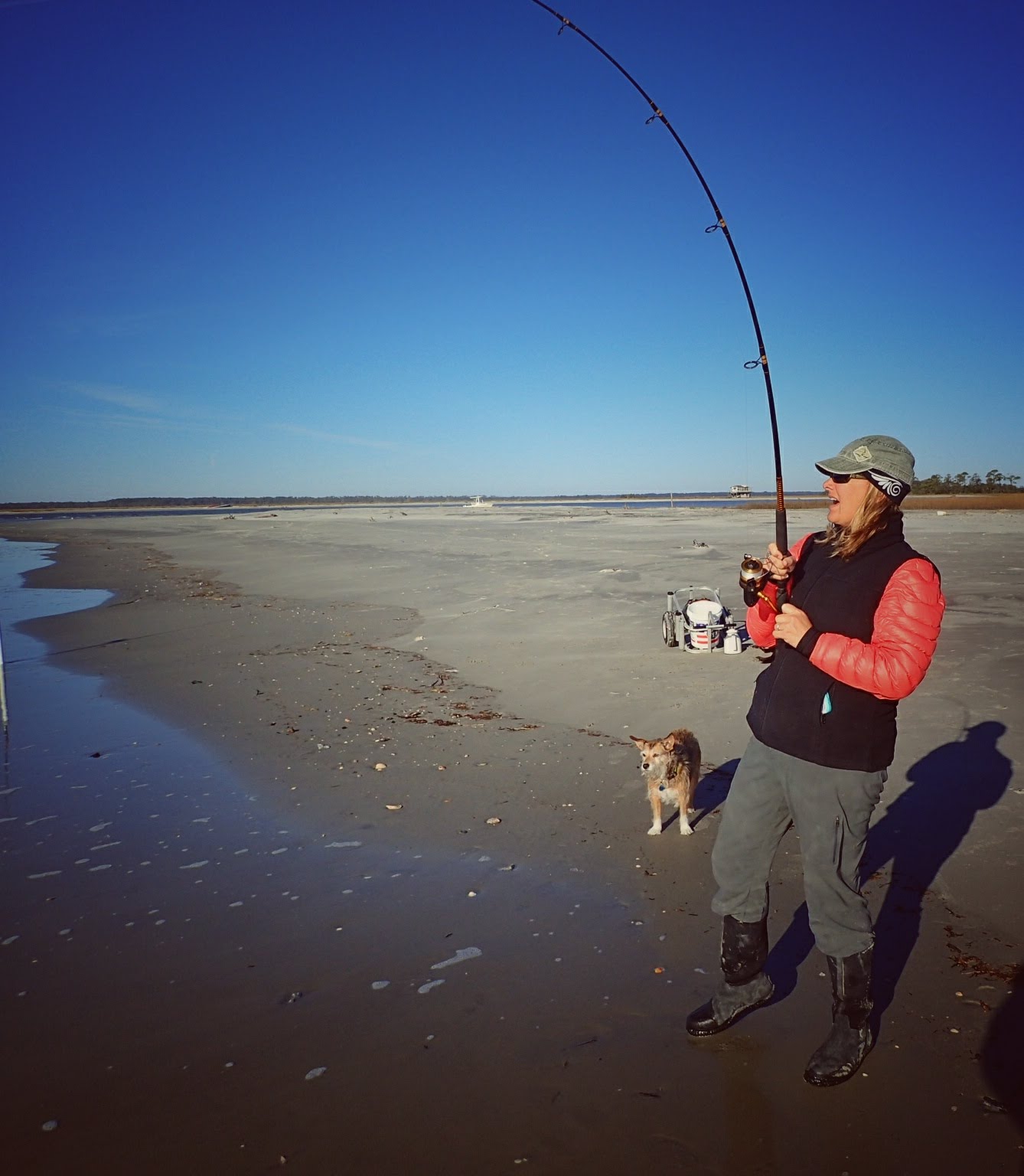
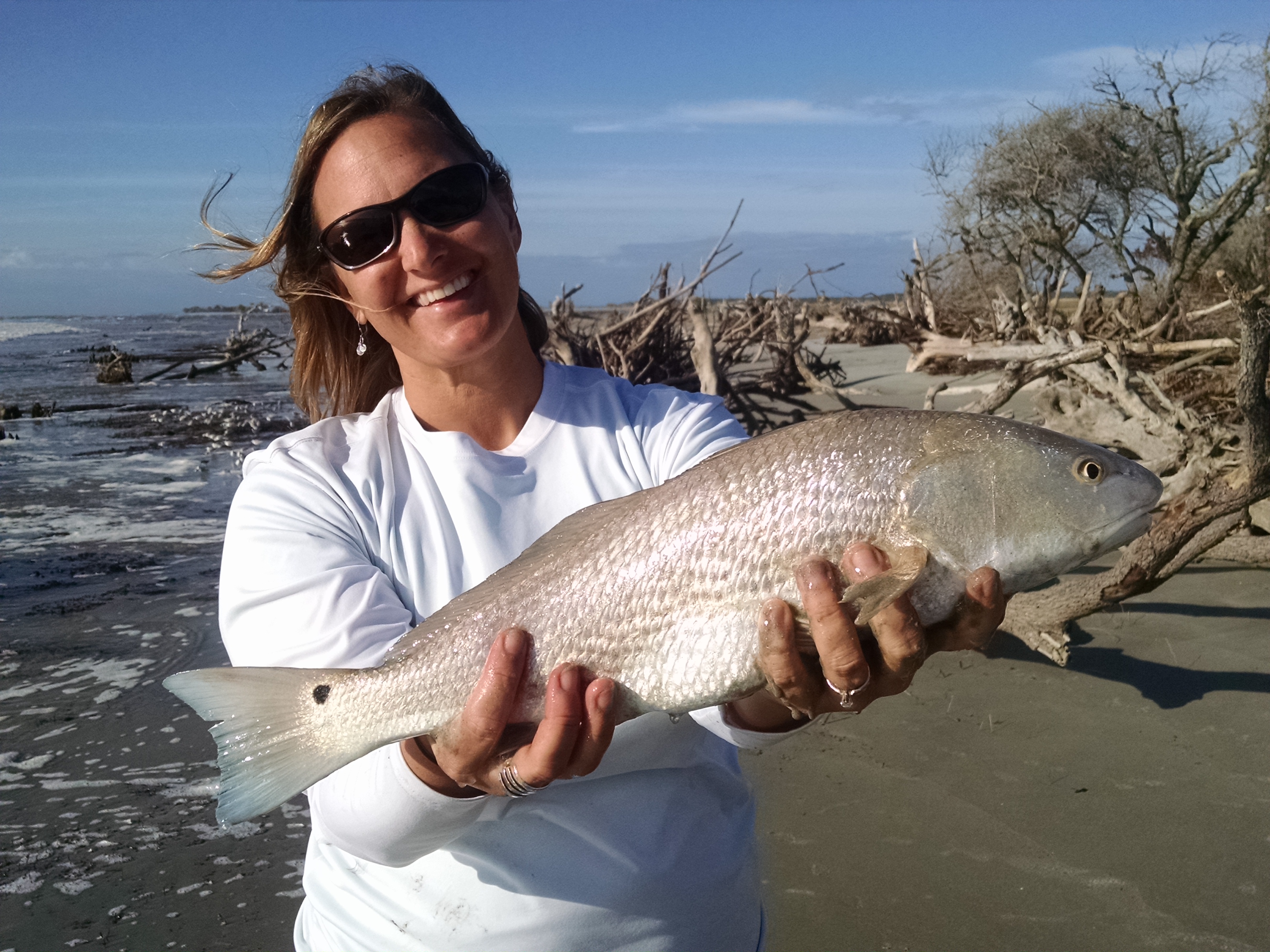

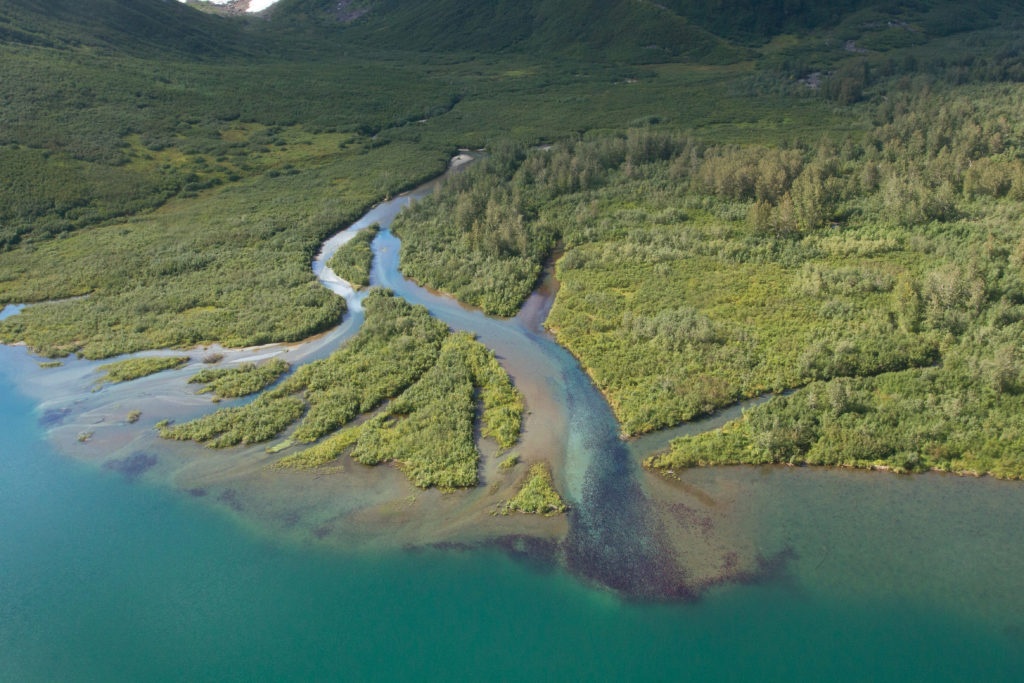
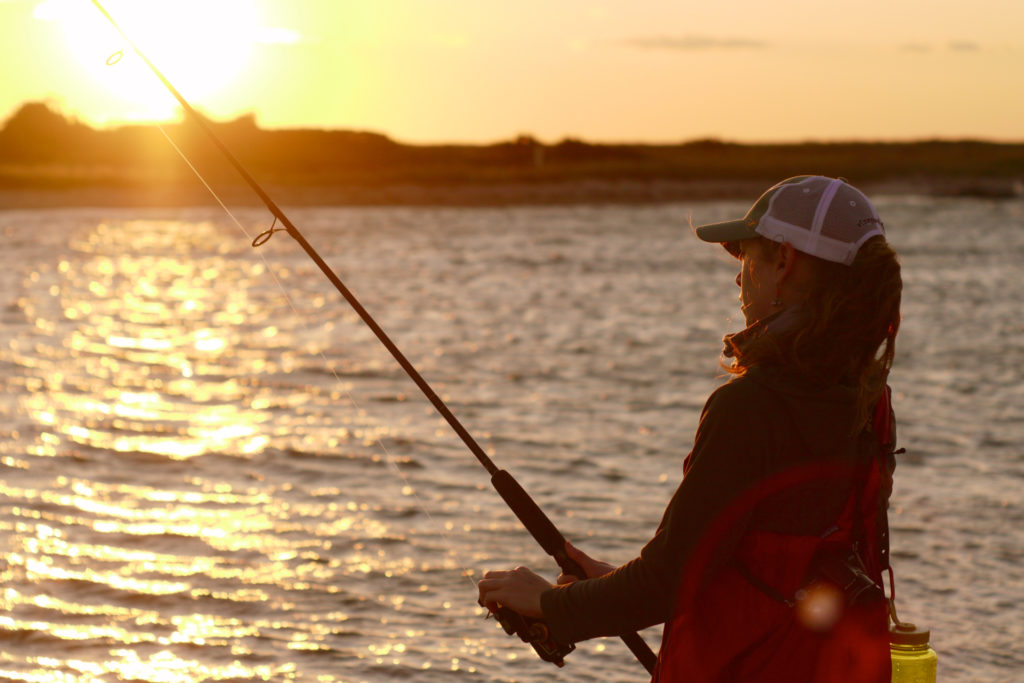
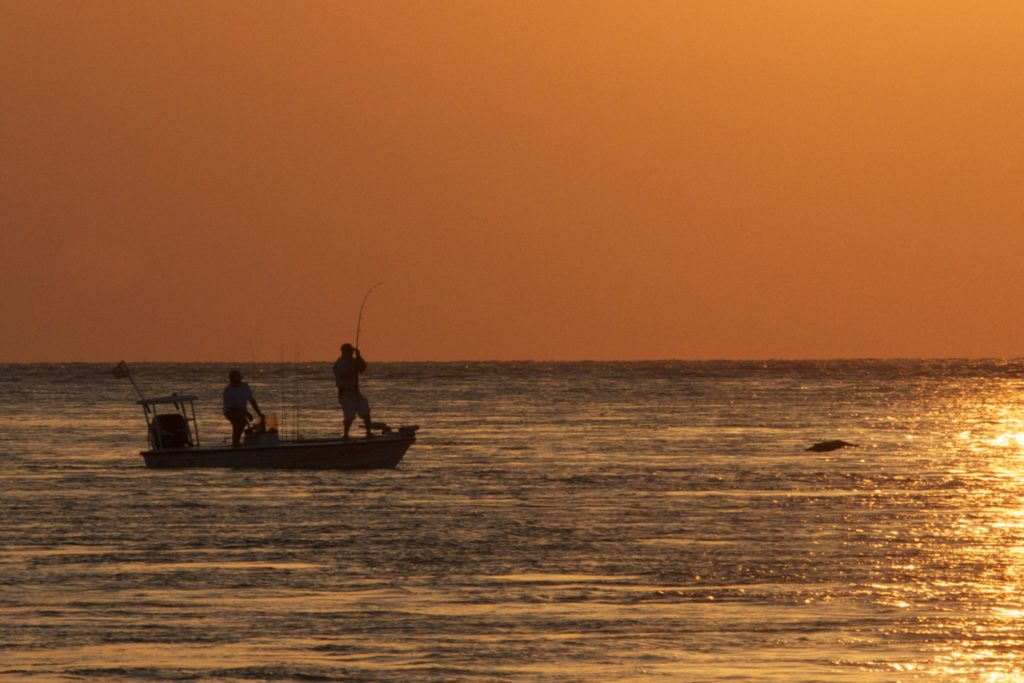




Just follow Roosevelt’s advice
Sadly, BLM has been sold out to livestock and extractive interests for decades now, and is currently selling us out for “renewable” energy sources as well (energy needs could be met by installing panels on every new and existing structure, paid for by a tax on the wealthy scum whom we allow to run this country into the ground, covering all costs, maintenance, and eventual replacement). It would take a truly progressive administration to change that now — or an honest-to-goodness revolution dedicated to giving this country a truly democratic form of government, for the first time in its existence (you can’t “take back” what you never had in the first place …).
Thought provoking, inviting, sustainable, history to the future, preservation, direction.
“Our duty to the whole, including the unborn generations, bids us to restrain an unprincipled present-day minority from wasting the heritage of these unborn generations. The movement for the conservation of wildlife and the larger movement for the conservation of all our natural resources are essentially democratic in spirit, purpose, and method.” Teddy Roosevelt
Please honor and respect teddy’s wishes and respect for our public lands and their uses. And most of all the conservation of all of our rights and freedoms that we as Americans DESERVE! Thanks Ron Hyer
I think what you did with the idea is great, and it certainly points out where the BLM is falling short. when I go to BLM lands most of the grass has been eaten by cows and many of the riparian areas have degraded banks. I usually go to hunt birds but I have to go to very steep slopes to find any grass to hold birds.
Excellent and powerful way to counter BLM and DOI’s latest assault on our natural heritage
Excellent! It’s vital that wildlife habitat be at the forefront of any mission statement for the BLM. Economic uses that do not compromise the quantity, and quality of public land habitat are the only ones Teddy Roosevelt would of tolerated!
As 25 year+ retired employee of the BLM, thanks for taking the time to put together a card of what should actually be represented to the public. We are in “Dark Days” when it comes to the leadership at the Department of the Interior and above and having someone willing to represent a ray of hope is gratifying!
I just don’t think extractive industries should be part of the multiple use concept. It is the only use that mutually excludes all the other uses. It leaves the land in a degraded condition for what is a finite and present day gain that will eventually run out and we will have moved on. This counters the overall mission of what the BLM is promising to the .American people.
The Multiple-Use and Lasting Public Lands Vision excite me. Would our passing these out (or posting or emailing them) be appropriate?
The BLM made a purposeful logo change in the early 1960’s. When speaking about the BLMs new logo, Charles Stoddard (a BLM Director) said: “…the triumvirate of soil, water, and vegetation are the elemental constituents of public land.” Nuff Said!
Great job in actually representing what the BLM is supposed to be motivated to protect and promote. The imagery they chose is austere, depressing, and seemingly designed to convince everyone that having the land used for commercial gain is the top priority….not sure if the official cards were an oversight or just a poor choice of judgment but yours are WAY better!